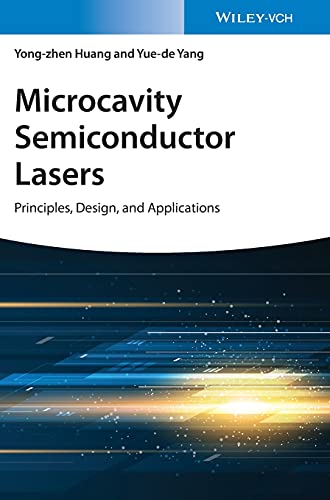

Most ebook files are in PDF format, so you can easily read them using various software such as Foxit Reader or directly on the Google Chrome browser.
Some ebook files are released by publishers in other formats such as .awz, .mobi, .epub, .fb2, etc. You may need to install specific software to read these formats on mobile/PC, such as Calibre.
Please read the tutorial at this link: https://ebookbell.com/faq
We offer FREE conversion to the popular formats you request; however, this may take some time. Therefore, right after payment, please email us, and we will try to provide the service as quickly as possible.
For some exceptional file formats or broken links (if any), please refrain from opening any disputes. Instead, email us first, and we will try to assist within a maximum of 6 hours.
EbookBell Team

5.0
70 reviewsExplore this thorough overview of integrable microcavity semiconductor lasers and their applications from two leading voices in the field
Attracting a great deal of attention over the last decades for their promising applications in photonic integration and optical interconnects, microcavity semiconductor lasers continue to develop via advances in fundamental physics, theoretical analysis, and numerical simulations. In a new work that will be of interest to researchers and practitioners alike,Microcavity Semiconductor Lasers: Principles, Design, and Applicationsdelivers an application-oriented and highly relevant exploration of the theory, fabrication, and applications of these practical devices. The book focuses on unidirectional emission microcavity lasers for photonic integrated circuits, including polygonal microresonators, microdisk, and microring lasers. After an introductory overview of optical microcavities for microlasers and detailed information of the lasers themselves, including mode structure control and characteristics, and lasing properties, the distinguished authors discuss fabrication and applications of different microcavity lasers. Prospects for future research and potential new applications round out the book. Readers will also benefit from the inclusion of: Perfect for laser specialists, semiconductor physicists, and solid-state physicists,Microcavity Semiconductor Lasers: Principles, Design, and Applicationswill also earn a place in the libraries of materials scientists and professionals working in the semiconductor and optical industries seeking a one-stop reference for integrable microcavity semiconductor lasers.